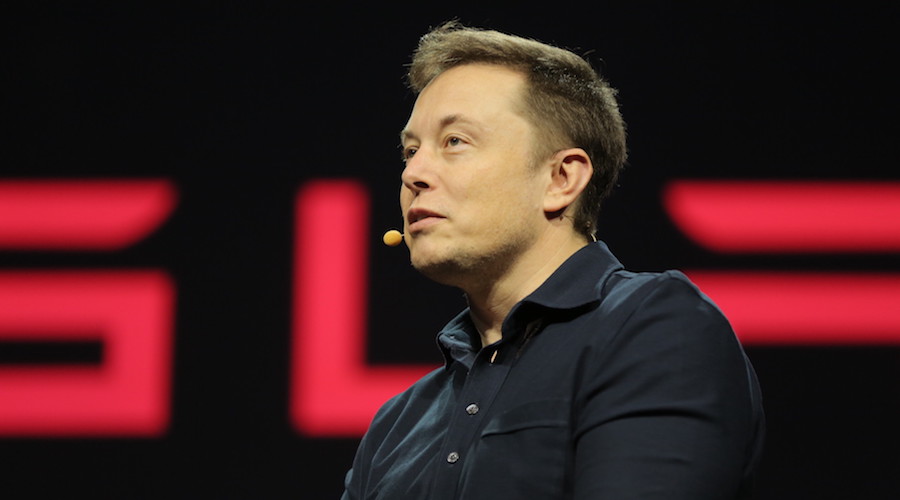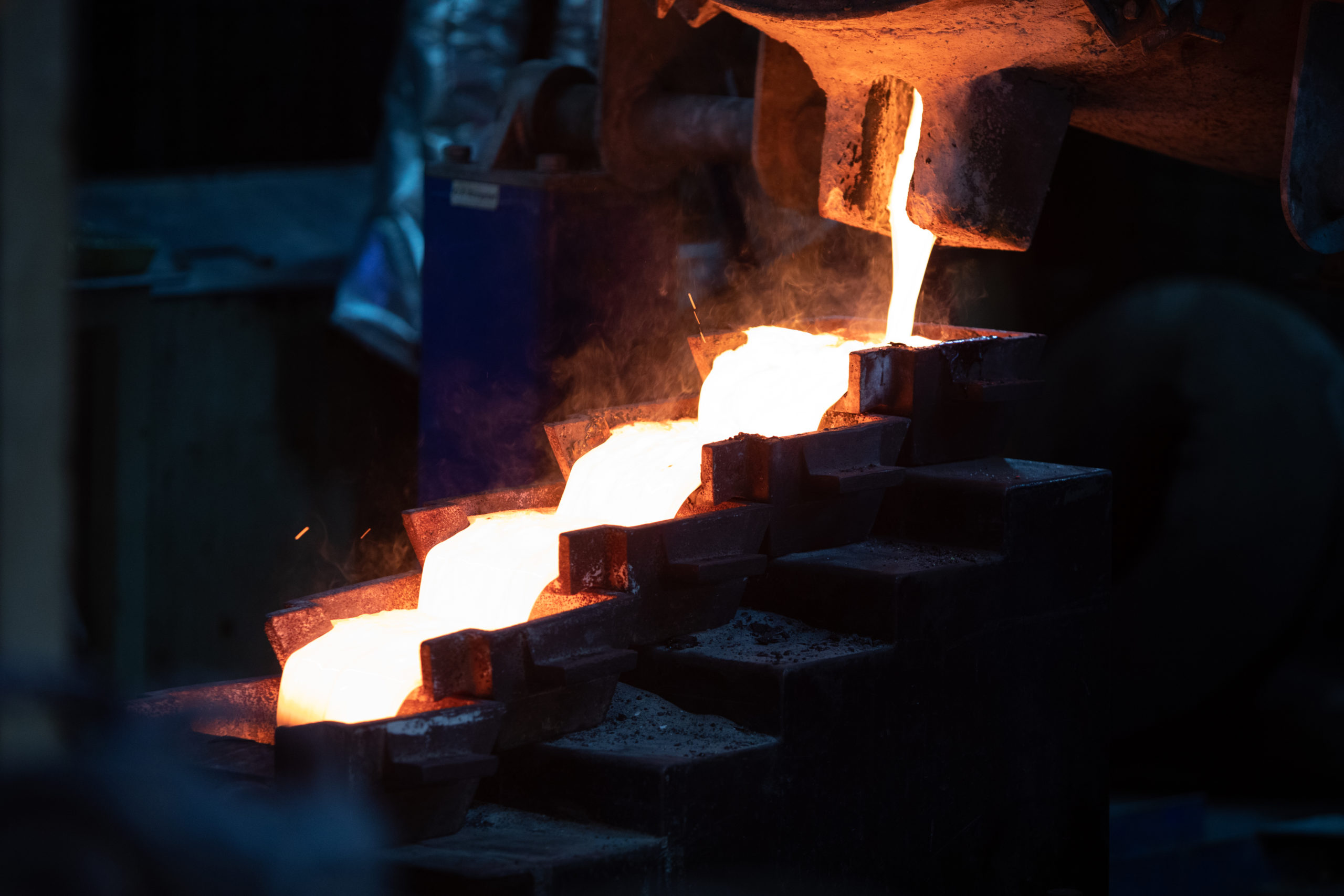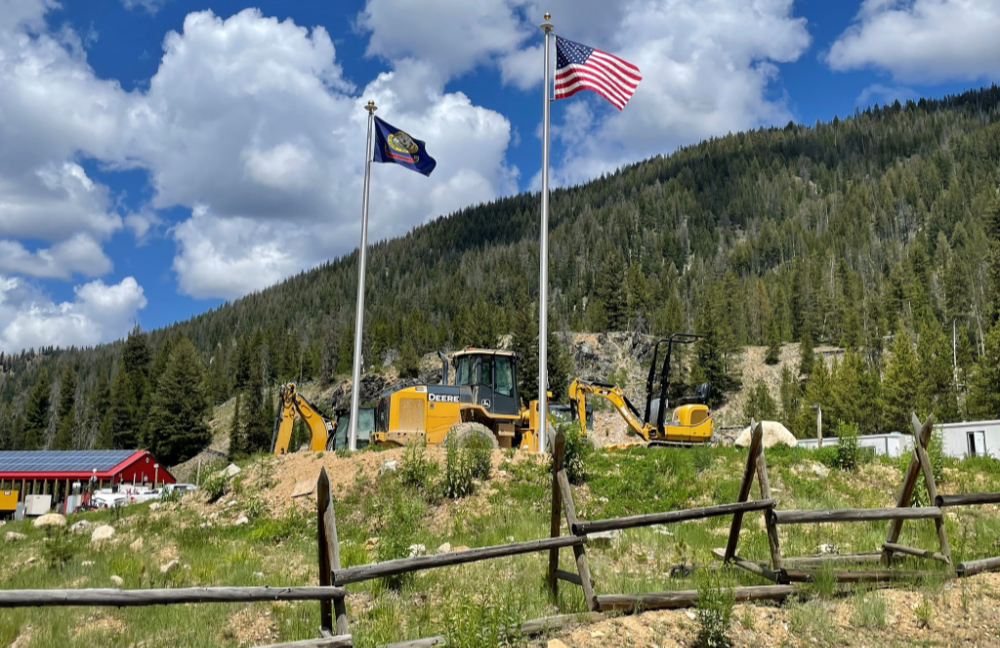Musk jolts bitcoin higher with push to burnish miners’ image

Elon Musk continued to toy with the price of Bitcoin Monday, taking to Twitter to indicate support for what he says is an effort by miners to make their operations greener.
Musk and Michael Saylor, another long-time Bitcoin booster, tweeted that they held a call with major North American miners, including Michael Novogratz’s Galaxy Digital and publicly traded Hut 8 Mining Corp., on Sunday to discuss “energy usage transparency.” Saylor said the group agreed to form the Bitcoin Mining Council “to standardize energy reporting.”
Yesterday I was pleased to host a meeting between @elonmusk & the leading Bitcoin miners in North America. The miners have agreed to form the Bitcoin Mining Council to promote energy usage transparency & accelerate sustainability initiatives worldwide. https://t.co/EHgLZ9zvDK— Michael Saylor (@michael_saylor) May 24, 2021
The world’s largest cryptocurrency advanced as much as 19% to trade around $39,944 following the tweets. It has slumped to as low as $31,132 on Sunday.
The latest was at least the fourth tweet by Musk that has sent Bitcoin prices running one way or another in the past two weeks. The volatility, almost unprecedented in an asset known for its wild swings, has raised concern among Wall Street veterans and regulators alike that Bitcoin might not be ready for the prime time its backers envision.
“If the market continues to see wild swings based on Elon Musk tweets, it’s going to be a big set back for this asset class. The fact that it sees such wild swings to the tweets from one person takes away the legitimacy of the asset class,” said Matt Maley, chief market strategist for Miller Tabak + Co.
While the creation of a mining industry council might standardize energy-usage reporting, it will take years for many of the largest miners to recalibrate where they source their energy
A spokesperson from Galaxy confirmed that a company mining representative participated in the call. Hut 8 Mining tweeted that it also was on the call, and would be part of an effort to “educate the market that sustainable mining is possible and a priority.”
The timing is conspicuous. Two weeks ago, Musk roiled the crypto world when he said Tesla Inc. wouldn’t accept Bitcoin for cars because of its energy-intensive proof-of-transaction process. While the creation of a mining industry council might standardize energy-usage reporting, it will take years for many of the largest miners to recalibrate where they source their energy.
Pledges to make the industry more green picked up since Musk’s tweet, with several miners joining the Crypto Climate Accord, a private-sector initiative to decarbonize the crypto industry by 2030. The group was inspired by the Paris Climate Agreement.
Energy usage — a long-known problem — had not seemed to bother Musk as he hyped crypto and earlier this year plowed $1.5 billion of Tesla’s corporate cash into it. Miners use hundreds of computers that run around the clock to verify Bitcoin transactions in exchange for new coins. While some have hooked into energy sources powered by hydroelectric dams or solar and wind farms, much of the power comes from coal-fired plants.
Musk’s tweet criticizing the energy usage sent Bitcoin tumbling the most in years, wiping more than $500 billion from its market value. He later tweeted that he still believed in Bitcoin, helping the token recoup some of its losses. The volatility persisted through the weekend before a modest rebound Monday got supercharged by his latest online missive.
Saylor, CEO and founder of Microstrategy Inc., announced last week that his enterprise-software company bought more Bitcoin as prices fell, bringing its holdings to approximately 92,079 Bitcoins, which it says were acquired for about $2.25 billion at an average of about $24,450 per token.
A host of crypto bulls are lining up to hype the industry as it holds one of its biggest conferences of the year this week. Federal Reserve Governor Lael Brainard noted at the Consensus conference that a big issue for central banks with regard to a digital currency is the impact on the financial system.
(By Vildana Hajric, with assistance from Dana Hull, Kamaron Leach and Katie Greifeld)
More News
{{ commodity.name }}
{{ post.title }}
{{ post.date }}




Comments